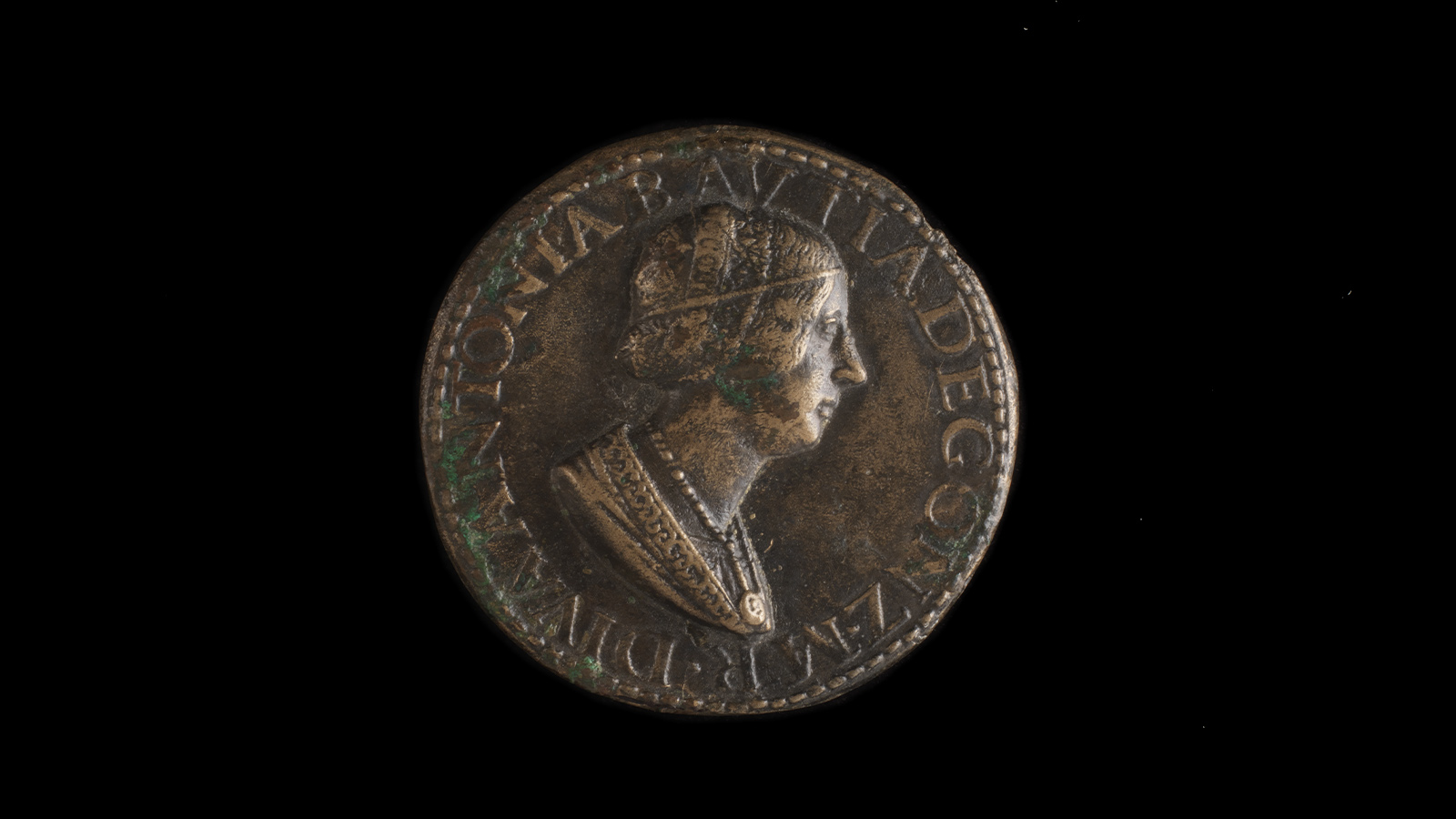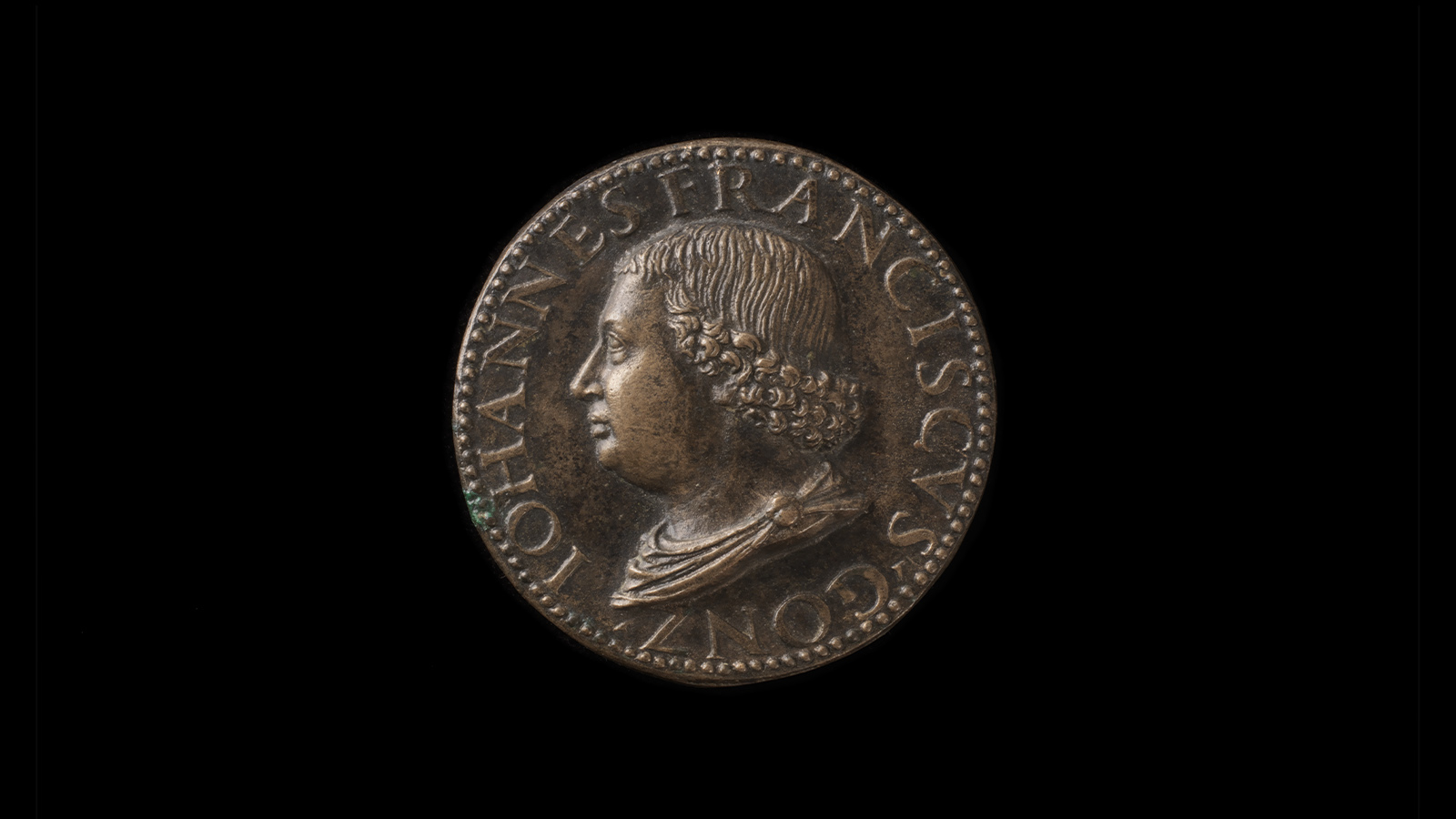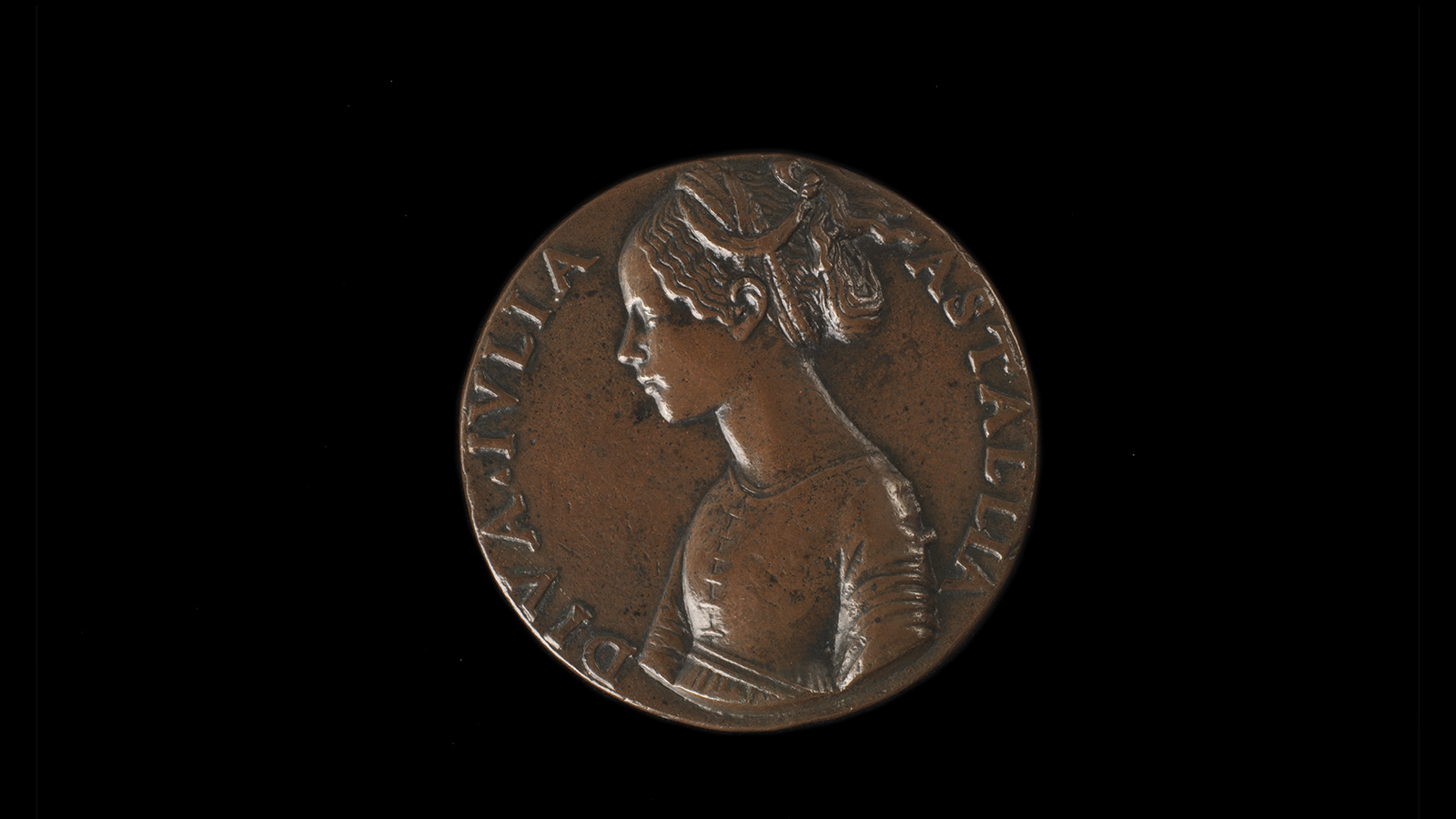Patrons of the Italian Renaissance
Portrait and heraldry in the affirmation of the Gonzaga family and the House of Este
The Gonzaga family, with a territory based in Mantua, and the House of Este, sovereign of the duchies of Ferrara, Modena and Reggio, were two northern Italian courts that came to acquire great influence in the 15th and 16th centuries. As well as controlling their respective territories, they were major patrons of the Renaissance, endorsing various artists who created works of the most diverse typologies.
The Gulbenkian Collection features some examples of this artistic production promoted by both families. In the case of the Gonzagas, of particular note are the three medals depicting three generations of marquises of Mantua: Gianfrancesco I, Ludovico III and Francesco II. Two were designed by the painter Antonio Pisano, known as Pisanello and regarded as the ‘inventor’ of the modern medal.
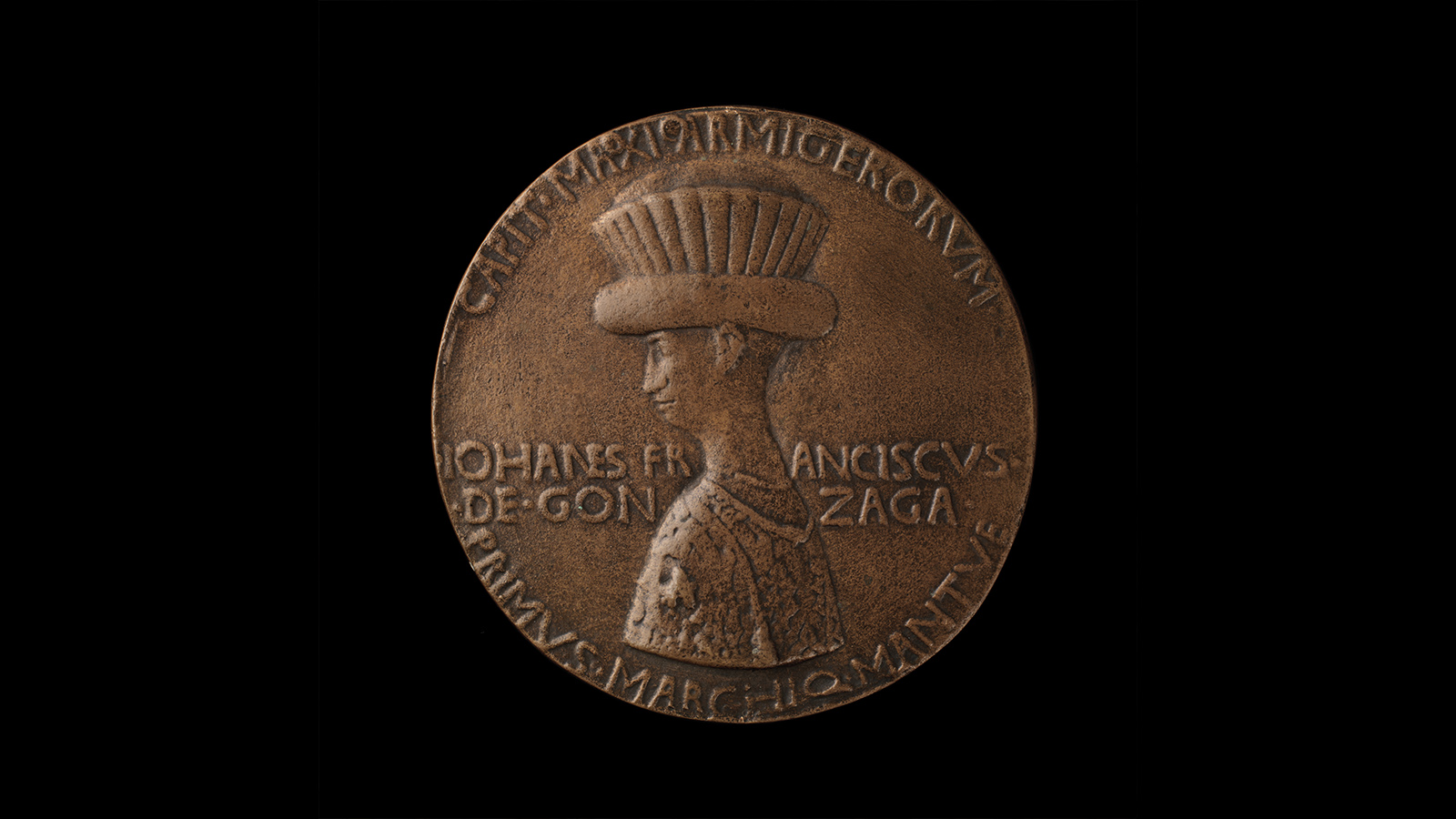
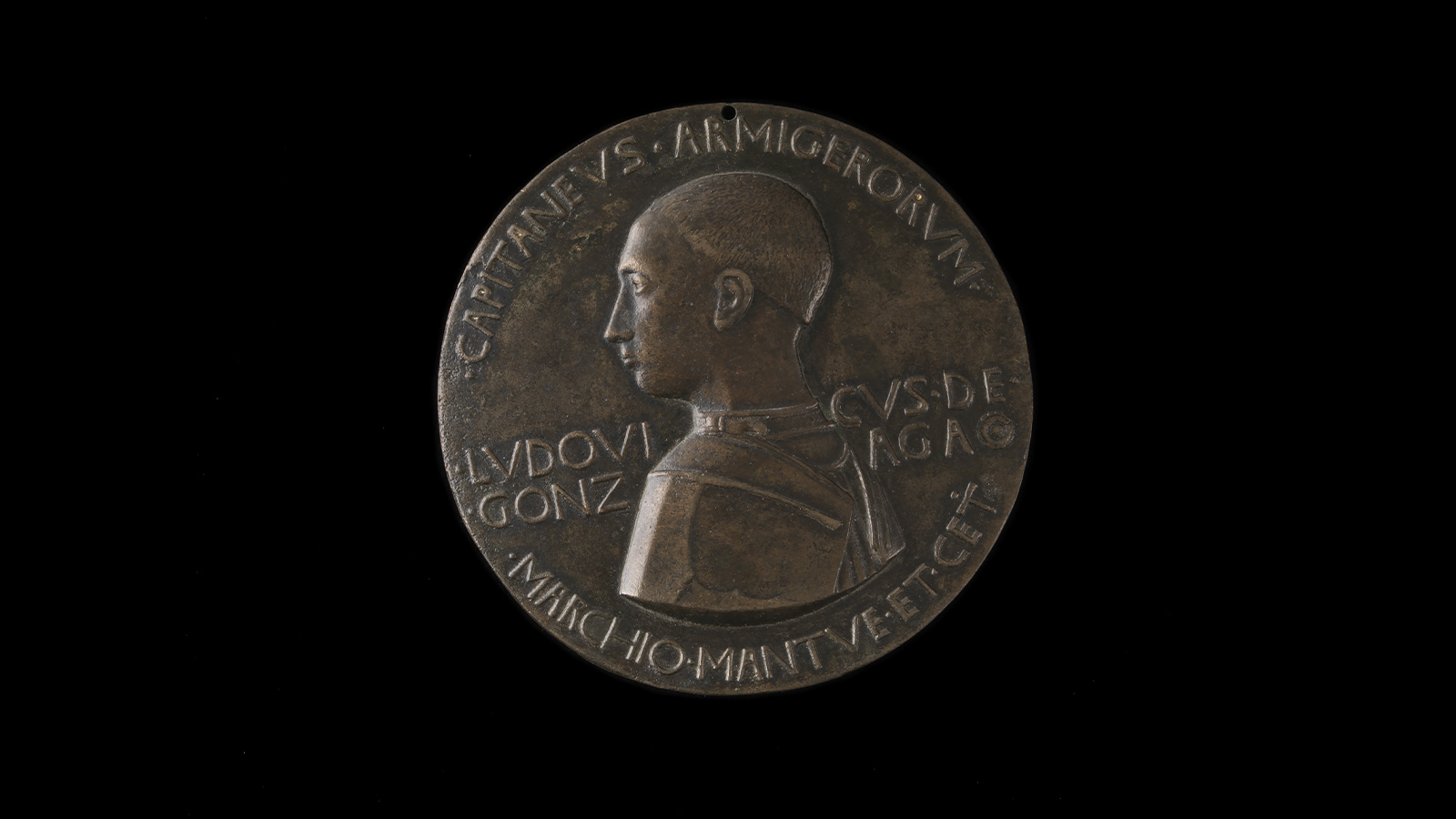
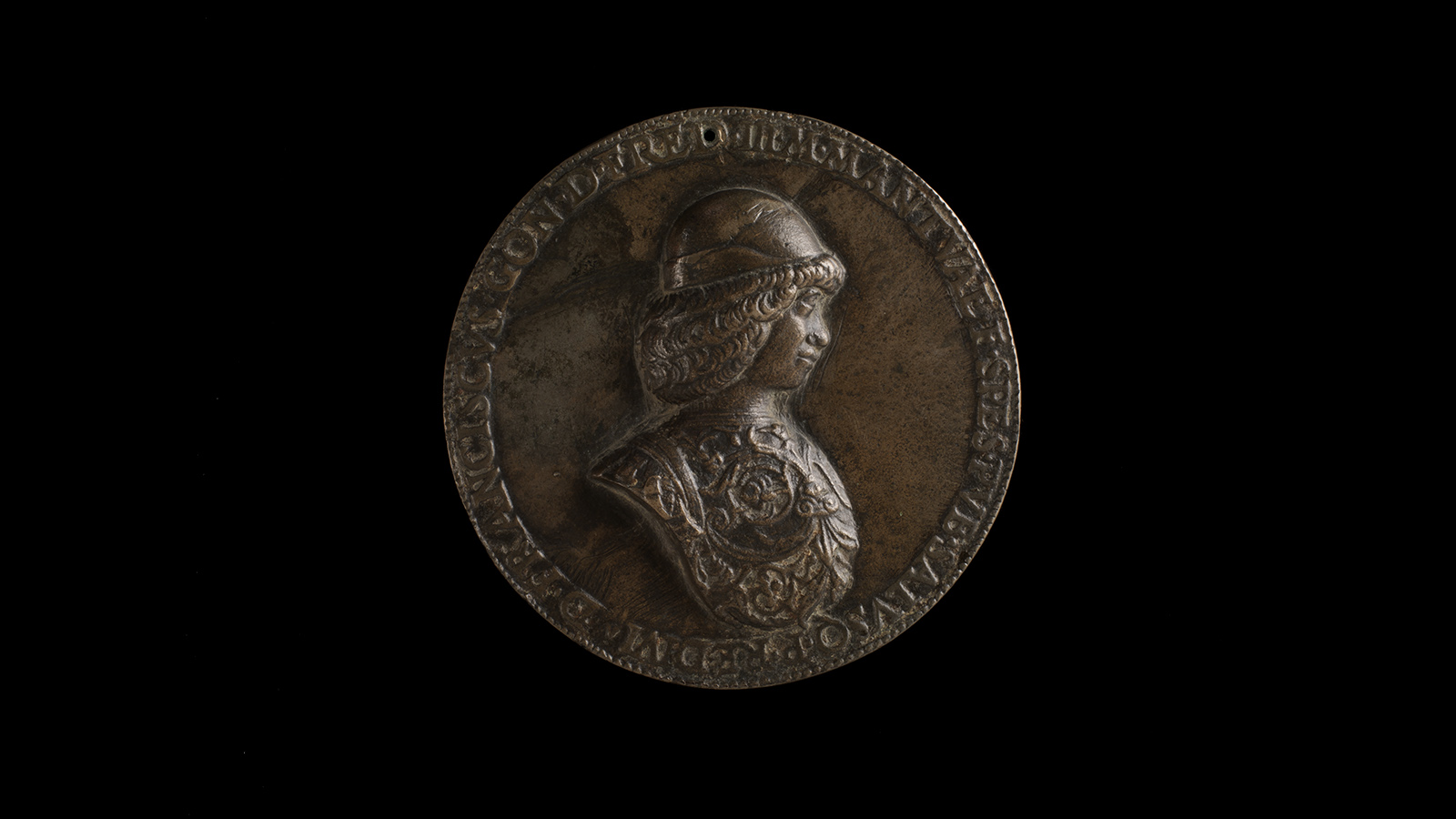
Taking medals of Antiquity as a point of reference, of which he was a collector, Pisanello created a model that attained great success and which allowed the qualities of the person represented to be exalted through various elements: the individualised portrait (head or bust in profile), symbols or allegories evoking their personality or lineage, and inscriptions. With a strongly commemorative and propagandistic dimension, his medal work appealed to the preeminent families of 15th-century Italy, and the artist circulated between the courts of the Gonzagas, in Mantua, and the Este family, in Ferrara, locations where he began to create honorific medals and to inspire other artists in this artform.
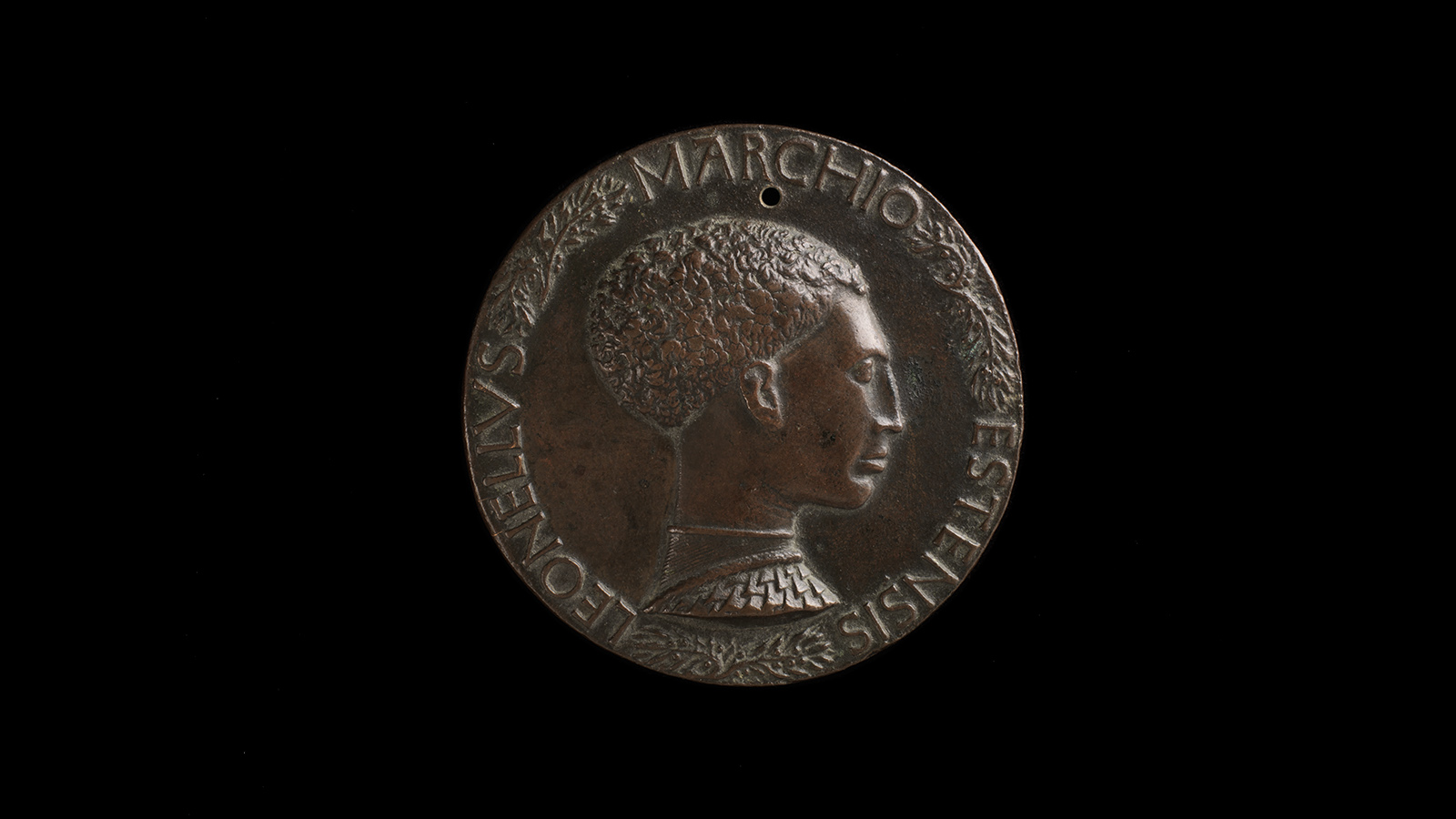
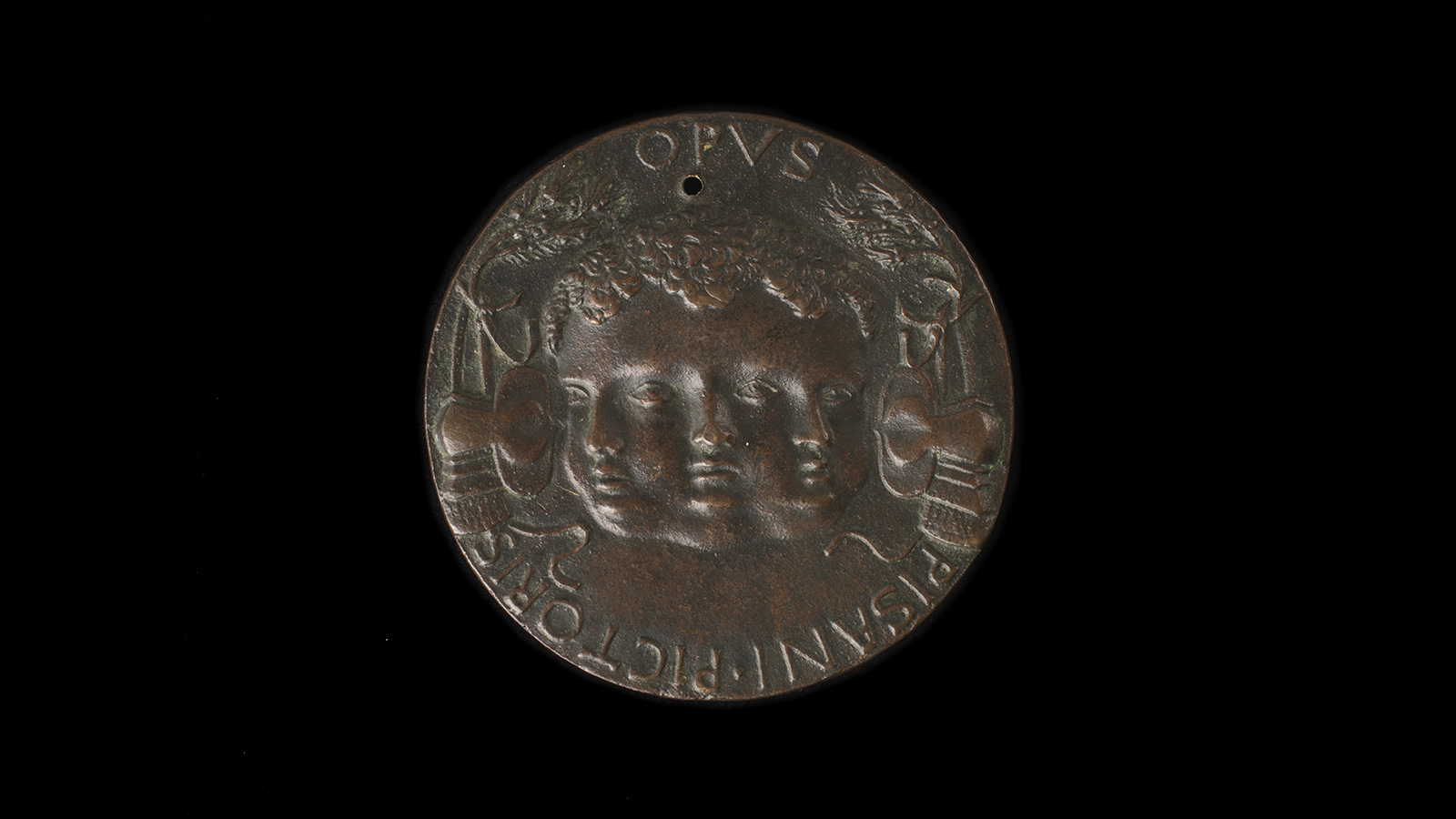
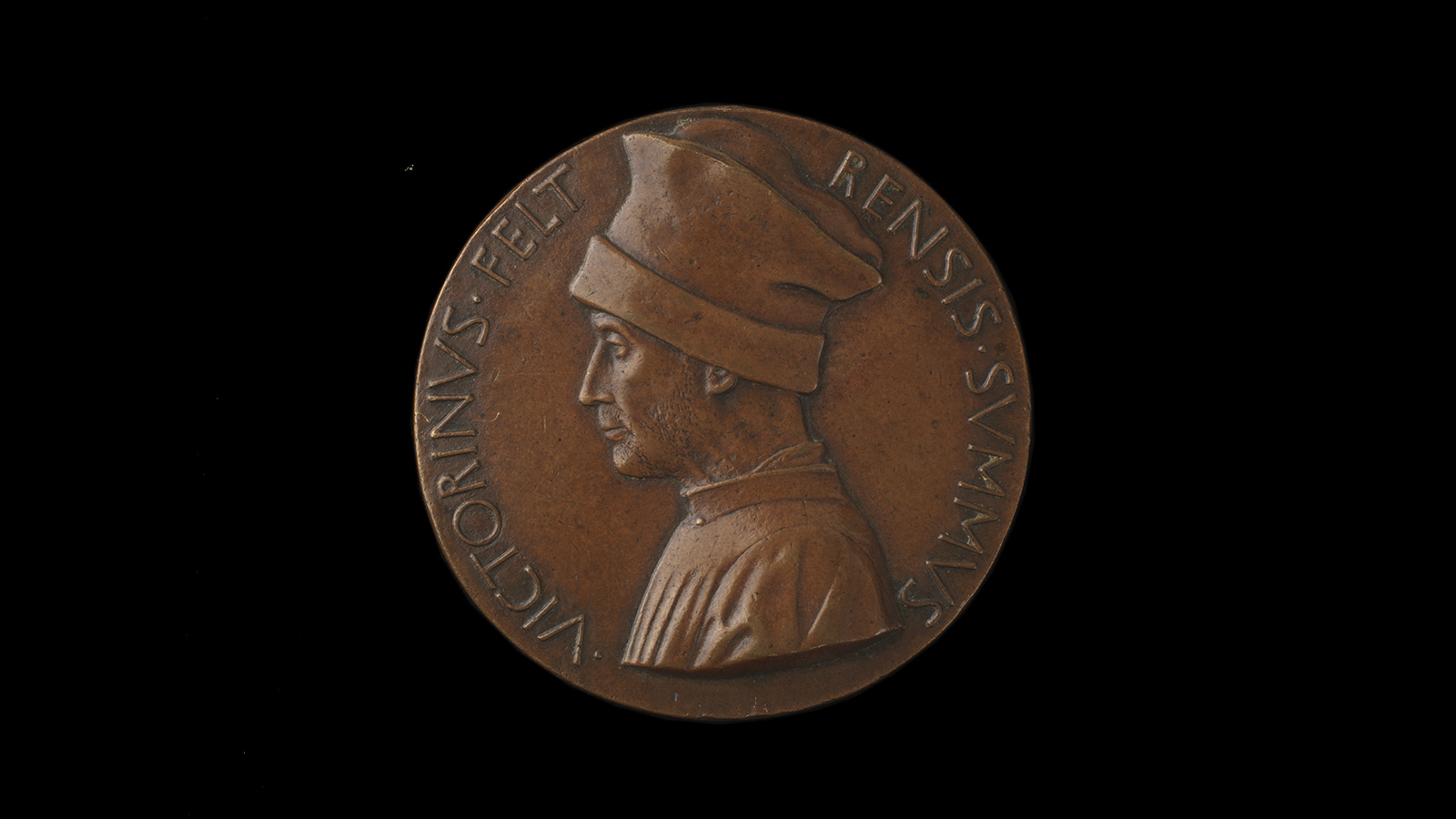
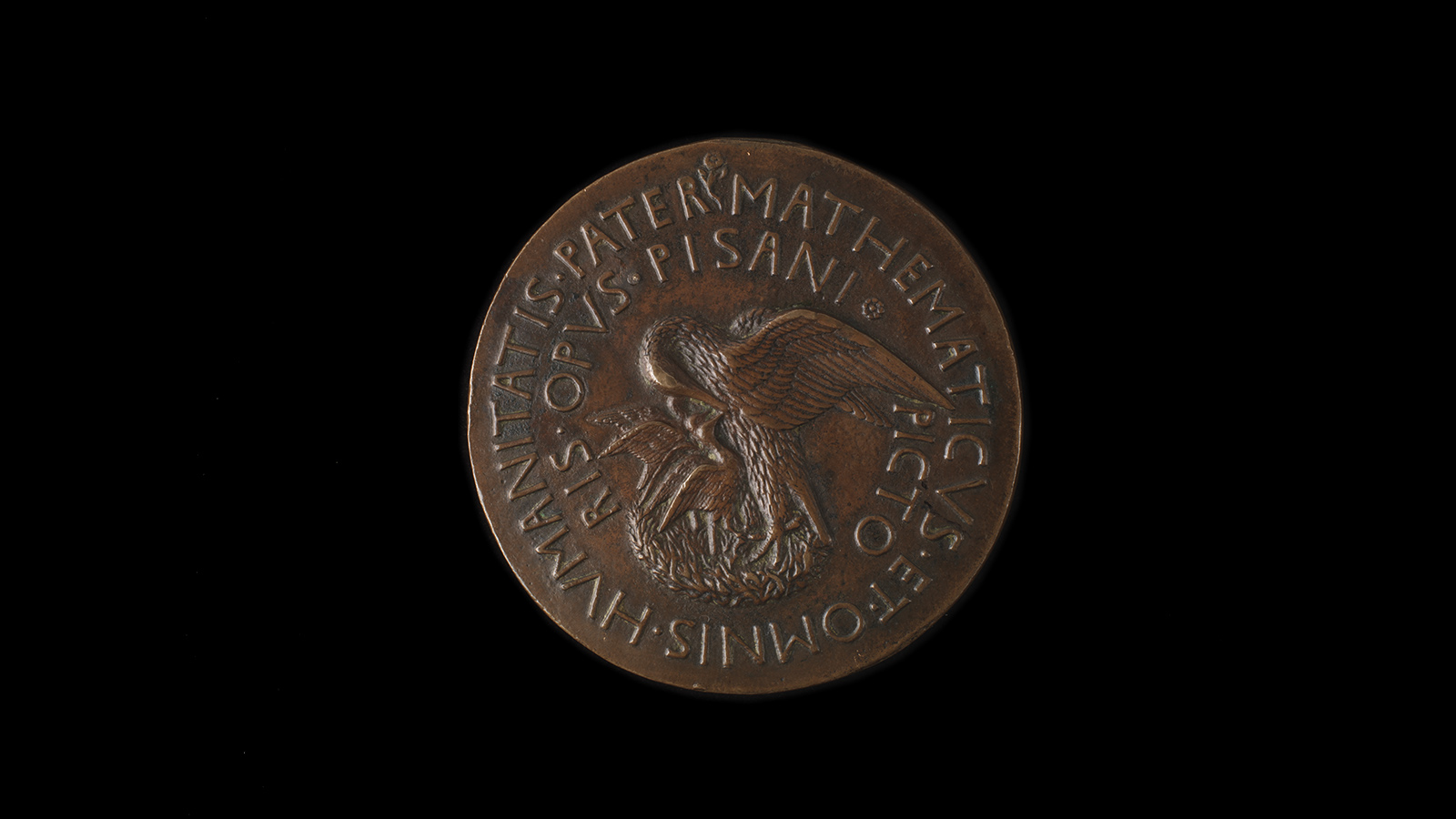


In addition to bronze Renaissance medals, the Museum also holds three manuscripts related to members of the House of Este: the Breviary of Ercole I d’Este (1431-1505), the Book of Hours of Eleanor of Aragon (1450-1493), Ercole’s wife, and the Book of Hours of Alfonso I d’Este (1476-1534), their son.
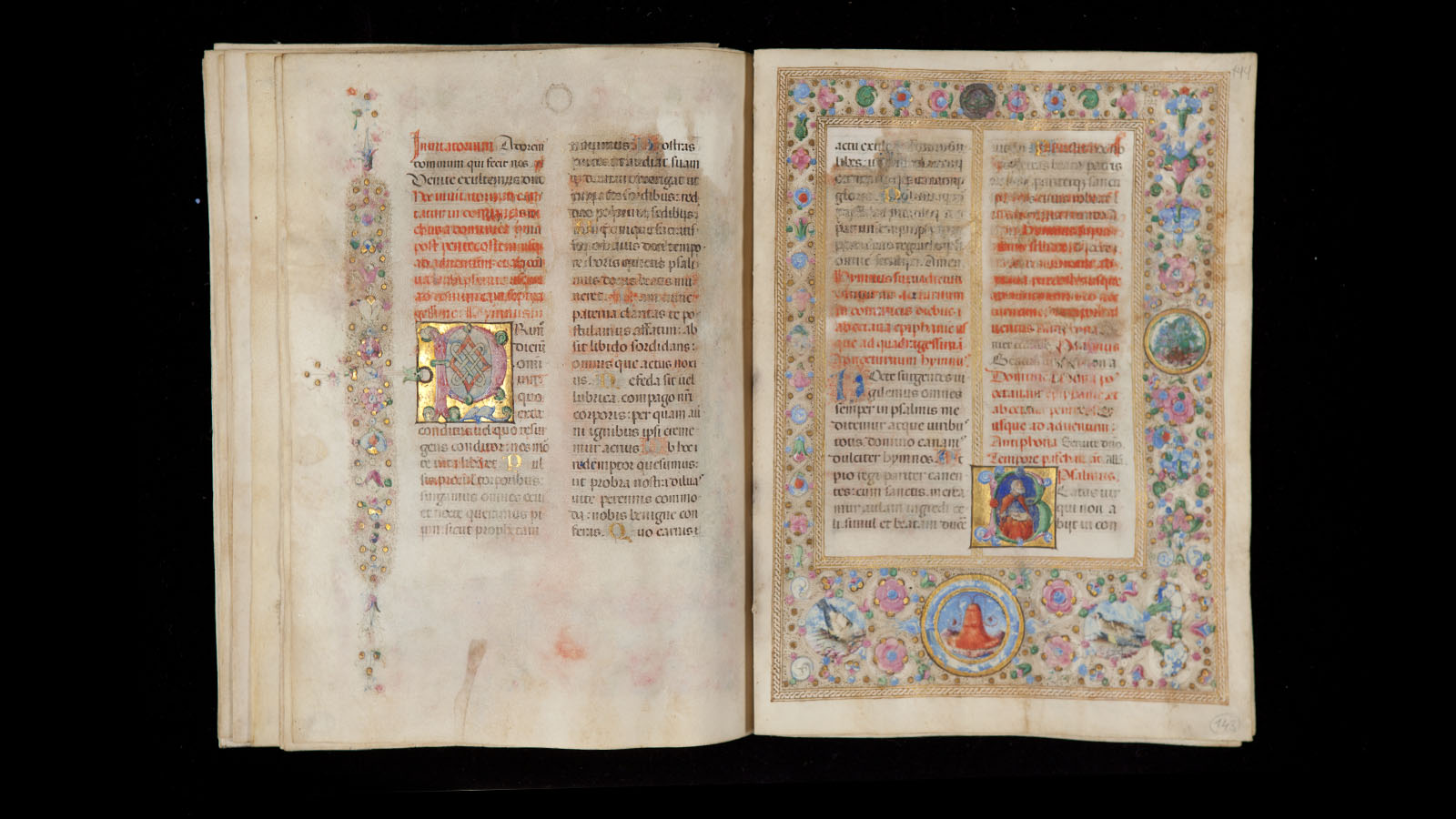


Alfonso’s sister, Isabella d’Este (1474-1539), was also an important patron of the arts, having settled in Mantua following her marriage to Francesco II Gonzaga. During this period, the sculptor and medallist known as ‘Antico’ worked for Isabel in the restoration of antiques and worked as a medallist exclusively for the Gonzaga court. The Collection boasts two medals by him, as well as one attributed to his circle. Two of Isabella and Francesco’s sons, Federico II (1500-1540) and Cardinal Ercole (1505-1563) Gonzaga, continued their mother’s patronage by commissioning the tapestry set Children Playing, exhibited in the Museum’s Renaissance Gallery.
